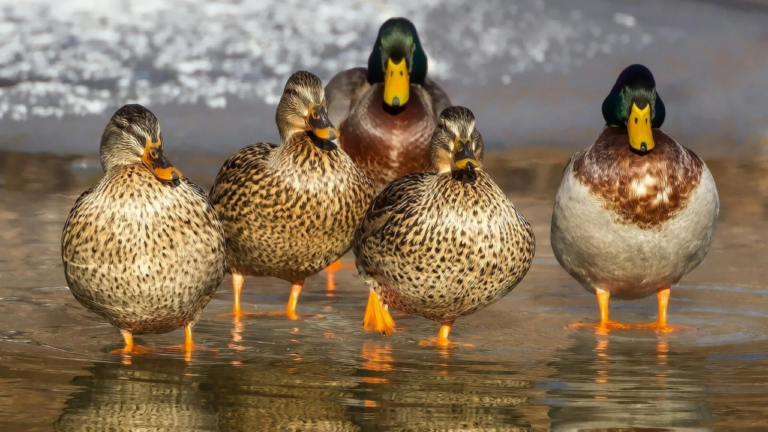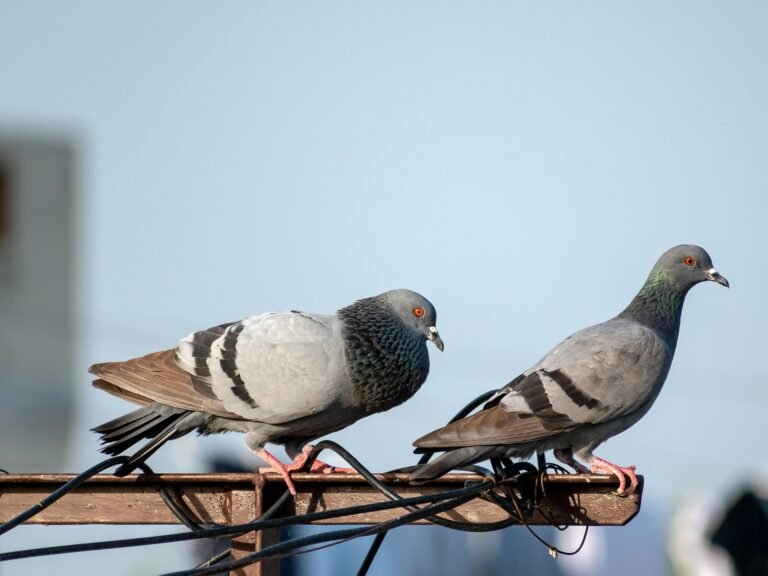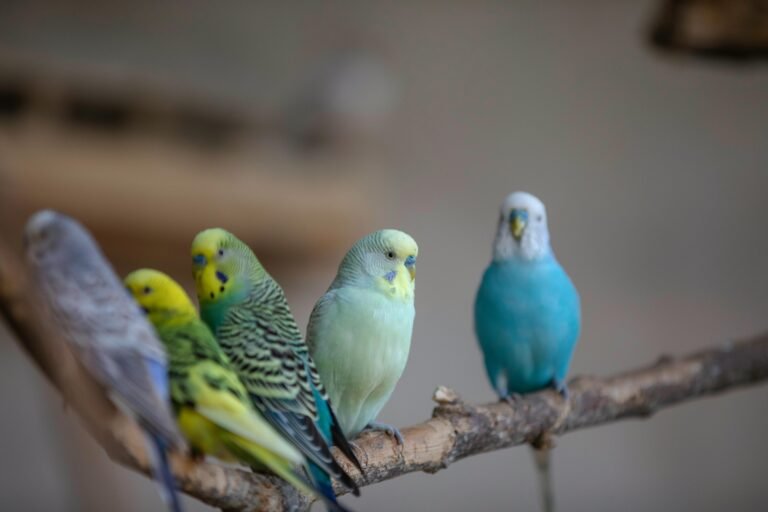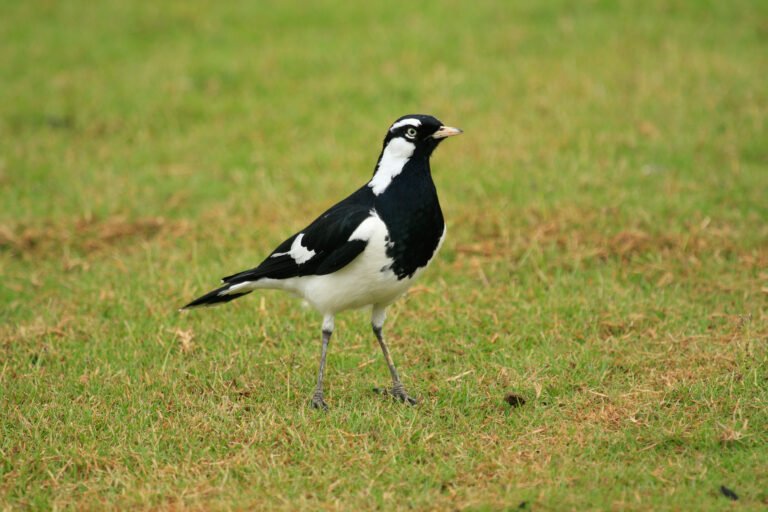The Lifecycle of Bees

Hey everyone, welcome back to Feathered Mates! Today I will talk to you about the bee lifecycle and honey bee lifecycle. Bees play an essential role in the natural world. These industrious insects are vital for pollination, contributing to the growth of plants, crops, and ecosystems globally. Understanding the lifecycle of bees provides insight into their complex social structure, behavior, and ecological importance. In this article, we will explore the lifecycle of bees in detail, emphasizing the stages they undergo, their roles within a colony, and their significance to the environment.
The Bee Lifecycle
The lifecycle of bees, like other insects, follows a complete metamorphosis process. This process consists of four stages: egg, larva, pupa, and adult. Each stage is critical for the development of the bee and varies in duration depending on the species and environmental conditions. For the purpose of this article, we will focus primarily on honeybees (Apis mellifera), one of the most studied and ecologically significant bee species.
1. Egg Stage
The lifecycle of a bee begins when the queen lays an egg. The queen bee is the sole reproductive female in a colony, capable of laying thousands of eggs daily during the active season. She deposits each egg into a hexagonal wax cell within the hive’s honeycomb structure. These eggs are fertilized or unfertilized, determining the future role of the bee:
- Fertilized eggs develop into female bees, which can be worker bees or potential queens.
- Unfertilized eggs develop into male bees, known as drones.
The egg stage lasts approximately three days. During this time, the egg remains attached to the base of the cell, awaiting its transformation into the larval stage.
2. Larva Stage
After three days, the egg hatches into a larva. This stage is characterized by rapid growth, as the larva is fed a nutrient-rich substance called royal jelly for the first few days. Worker bees, specifically nurse bees, are responsible for feeding the larvae. The diet of the larva determines its future role in the colony:
- Worker larvae are fed a combination of royal jelly, pollen, and nectar.
- Queen larvae are exclusively fed royal jelly throughout their development.
The larval stage lasts around six days, during which the larva molts multiple times as it grows. By the end of this stage, the larva fills most of its cell, and the worker bees cap the cell with wax to prepare for the next phase.
3. Pupa Stage
Once the cell is capped, the larva enters the pupa stage. During this phase, the larva undergoes a remarkable transformation, developing the physical characteristics of an adult bee. Its body segments, legs, wings, and compound eyes take shape.
The duration of the pupa stage varies depending on the type of bee:
- Queen bees emerge after approximately 7-8 days.
- Worker bees take around 12 days to emerge.
- Drones take about 14-15 days to develop.
This stage is crucial for the bee’s final development, as it transitions into an adult ready to contribute to the colony.
4. Adult Stage
Once the metamorphosis is complete, the new adult bee emerges from its cell. At this point, its role within the colony is determined by its sex and the needs of the hive:
- Worker bees: Female bees that perform various tasks, such as foraging for nectar and pollen, cleaning the hive, caring for the queen and larvae, and defending the colony.
- Queen bee: The reproductive female responsible for laying eggs and maintaining the hive’s social structure.
- Drones: Male bees whose primary role is to mate with a queen from another colony. They do not participate in other hive activities and are often expelled from the hive in the fall.
The Roles of Bees in the Colony
The lifecycle of bees is intricately tied to their roles within the colony. Honeybee colonies are highly organized, with each member contributing to the survival and success of the group. Let’s delve into the specific roles of each type of bee:
Worker Bees
Worker bees make up the majority of the colony. These female bees are sterile and perform a wide range of tasks throughout their lives. Their roles change as they age:
- Cleaning (1-3 days old): Newly emerged workers clean the cells and prepare them for new eggs or food storage.
- Nursing (4-10 days old): They feed and care for the larvae, ensuring their proper development.
- Wax Production (11-20 days old): Workers produce wax from glands on their abdomen to build and repair the honeycomb.
- Guarding (18-21 days old): Some workers take on the role of guarding the hive entrance, protecting it from intruders.
- Foraging (22 days onward): Older workers leave the hive to collect nectar, pollen, water, and propolis (a resinous substance used to seal gaps in the hive).
Queen Bee
The queen bee is the heart of the colony. Her primary role is reproduction, and she is capable of laying up to 2,000 eggs per day during the peak season. The queen also produces pheromones that regulate the hive’s social structure and harmony. Queens can live for several years, though their productivity declines with age, leading the colony to raise a new queen when necessary.
Drones
Drones are the male members of the colony, primarily tasked with mating with virgin queens from other colonies. Mating occurs during flight, and only a few drones succeed in this endeavor. After mating, the drones die. Those that do not mate are expelled from the hive as winter approaches to conserve resources.
The Importance of Bees in Ecosystems
The lifecycle of bees is not just a biological marvel; it is also integral to the health of ecosystems worldwide. Bees are among the most effective pollinators, facilitating the reproduction of flowering plants and crops. Their activities contribute to:
- Biodiversity: Bees help maintain diverse plant populations, which support various animal species.
- Food Security: Pollination by bees is crucial for the production of fruits, vegetables, nuts, and seeds.
- Economic Value: The agricultural industry relies on bees for crop pollination, contributing billions of dollars to the global economy annually.
Threats to Bees and Their Lifecycle
Despite their importance, bees face numerous threats that disrupt their lifecycle and jeopardize their survival. Key challenges include:
- Habitat Loss: Urbanization and agricultural expansion reduce the availability of forage and nesting sites.
- Pesticides: Exposure to harmful chemicals can impair bees’ development and behavior.
- Climate Change: Shifts in temperature and weather patterns affect the availability of food sources and nesting habitats.
- Parasites and Diseases: Varroa mites, Nosema, and other pathogens can decimate bee populations.
- Colony Collapse Disorder (CCD): This phenomenon, characterized by the sudden disappearance of worker bees, remains a significant concern.
How to Support Bees
Given the challenges bees face, it is crucial to take steps to support their populations and ensure their lifecycle continues uninterrupted. Here are some ways to help:
- Plant Bee-Friendly Gardens: Include native flowering plants that provide nectar and pollen.
- Avoid Pesticides: Use natural pest control methods to protect bees from harmful chemicals.
- Provide Water Sources: Place shallow dishes of water with floating objects for bees to land on.
- Support Local Beekeepers: Purchase honey and other products from sustainable, local sources.
- Raise Awareness: Educate others about the importance of bees and advocate for policies that protect their habitats.
The Honey Bee Lifecycle
The honey bee (Apis mellifera) lifecycle consists of four distinct stages: egg, larva, pupa, and adult. This process, known as complete metamorphosis, takes approximately 21 days to transform an egg into a fully developed worker bee. However, the duration can vary depending on the caste of the bee: workers, drones, or the queen. Each caste plays a critical role in the hive’s success, and their development timelines differ slightly.
The Egg
The lifecycle begins when the queen bee lays eggs in individual hexagonal cells of the honeycomb. A healthy queen can lay up to 2,000 eggs per day during peak season. Each egg is a tiny, elongated oval about 1.5 millimeters long. The eggs are fertilized or unfertilized based on the queen’s needs: fertilized eggs develop into female bees (workers or queens), while unfertilized eggs become male drones.
After three days, the eggs hatch into larvae, marking the start of the second stage.
The Larva
Once hatched, the larvae resemble small, white grubs. Nurse bees immediately feed them a diet of royal jelly, a nutrient-rich substance secreted by worker bees. After a few days, worker larvae are transitioned to a mixture of pollen and nectar, known as bee bread, while queen larvae continue to receive royal jelly exclusively.
During this stage, larvae grow rapidly, shedding their skin multiple times. By the end of the larval stage (about five to six days), the larvae are ready to transition into the next phase. Worker bees seal the cells with wax caps to allow the larvae to pupate.
The Pupa
Inside the sealed cells, the larvae spin cocoons and undergo significant transformation. This stage is akin to a butterfly’s chrysalis phase. Over the next 7 to 12 days, the pupae develop adult features such as wings, legs, antennae, and compound eyes. By the end of this stage, the fully formed bees are ready to emerge from their cells.
The Adult Bee
The final stage of the honey bee lifecycle is adulthood. Once the bees chew through their wax caps, they emerge as fully developed adults. Depending on the caste, their roles within the hive differ:
Worker Bees: Female worker bees make up the majority of the hive population. They perform various tasks throughout their lives, including cleaning, feeding larvae, building comb, foraging for nectar and pollen, and guarding the hive. Their lifespan ranges from six weeks during active seasons to several months in winter.
Drones: Male drones’ sole purpose is to mate with a virgin queen. They do not forage or participate in hive maintenance. Drones typically live for a few weeks and are expelled from the hive before winter.
Queen Bee: The queen bee is the sole reproductive female in the hive. Her primary role is to lay eggs, ensuring the colony’s survival. Queens can live for several years, but their productivity declines with age, often leading to their replacement by the colony.
The Importance of the Honey Bee Lifecycle
The honey bee lifecycle is crucial for maintaining healthy colonies and ensuring pollination. Each stage of development is meticulously managed by the worker bees, showcasing the hive’s remarkable social structure and teamwork. Without honey bees, many crops and plants would struggle to reproduce, leading to significant ecological and agricultural consequences.
Protecting Honey Bees for the Future
Given the essential role honey bees play, it’s vital to protect them from threats such as habitat loss, pesticides, and diseases. Supporting pollinator-friendly practices, planting native flowers, and avoiding harmful chemicals can help ensure these remarkable insects continue to thrive.
The lifecycle of bees is a testament to the complexity and beauty of nature. From their humble beginnings as eggs to their vital roles as adults, bees exemplify cooperation, adaptability, and resilience. By understanding and appreciating their lifecycle, we can better protect these essential creatures and ensure they continue to thrive for generations to come. Let us all play our part in safeguarding the future of bees and, by extension, the health of our planet.
Click here to know Life Period Of Parrot
It can be said that birds are very peaceful creatures and they always fascinate us with their behavior. So, As a responsible bird owner, acquiring the necessary knowledge about birds is of course very important. Every bird owner should understand and review accurate information about birds and guide birds properly. Hope we have helped you enough to know The Lifecycle of Bees. Stay with us to learn about the right bird selection, bird care, birds nests and all things related to birds. May the relationship between you and your pet become stronger.







